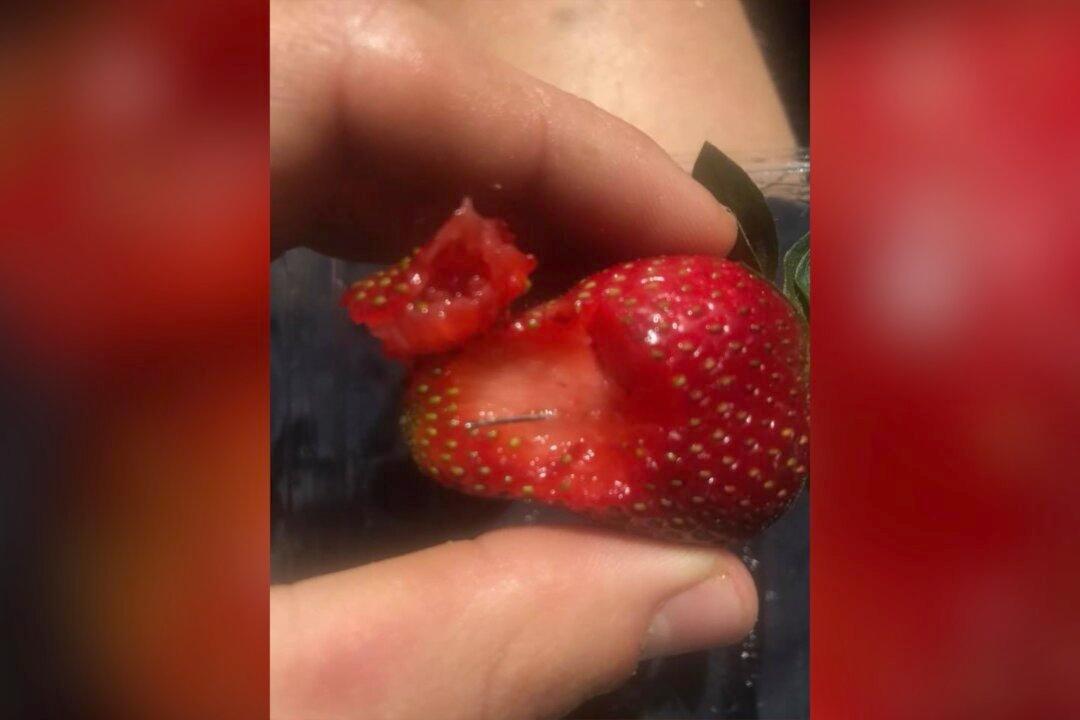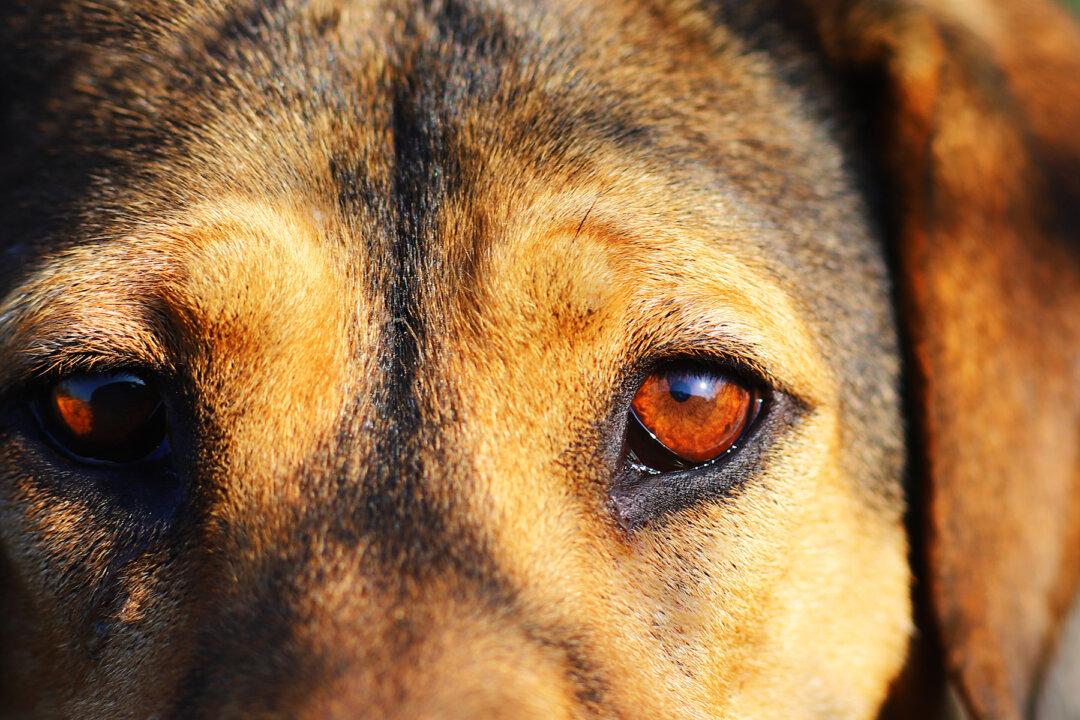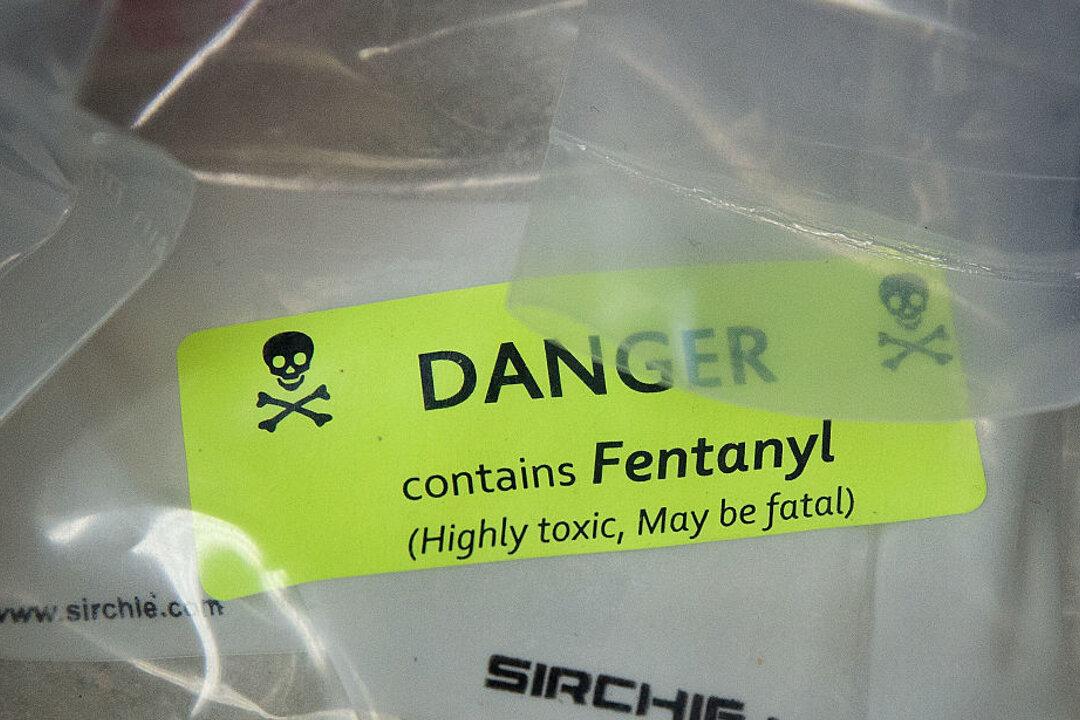A Queensland man posted on Facebook that his friend had swallowed half a sewing needle after eating a strawberry from Woolworths on Sept. 9.
Joshua Gane said that he and his friend Hoani van Dorp had bought a punnet of “Berry Obsession” strawberries from the Woolworths in Strathpine Centre.




